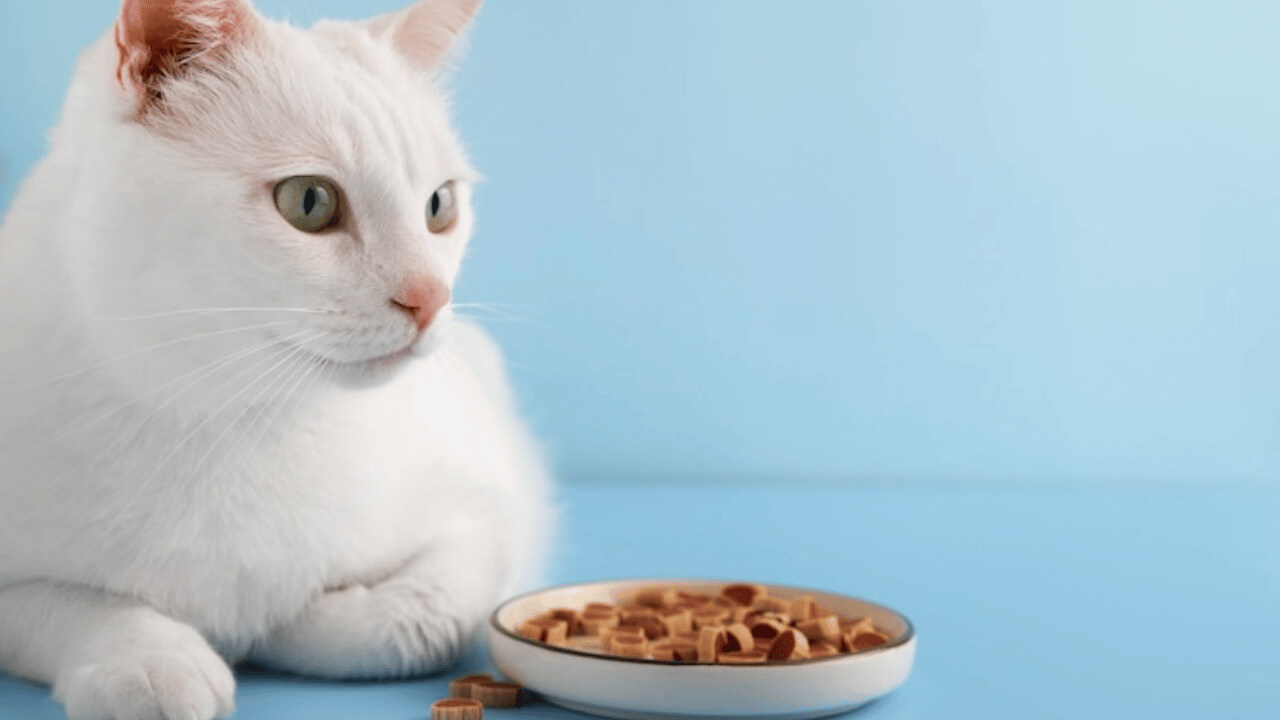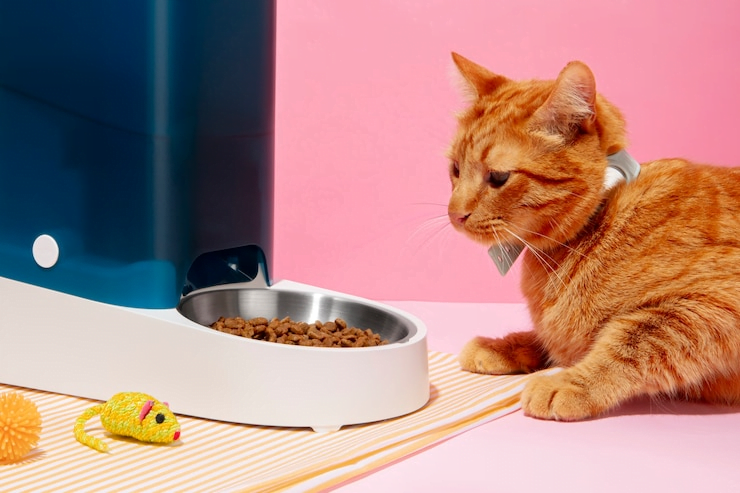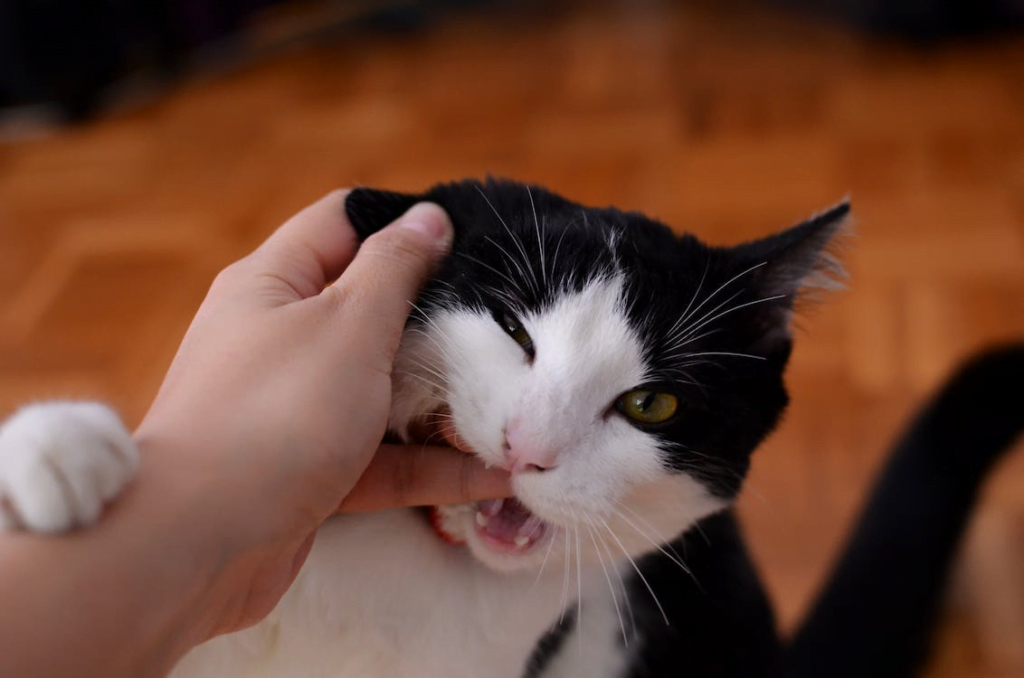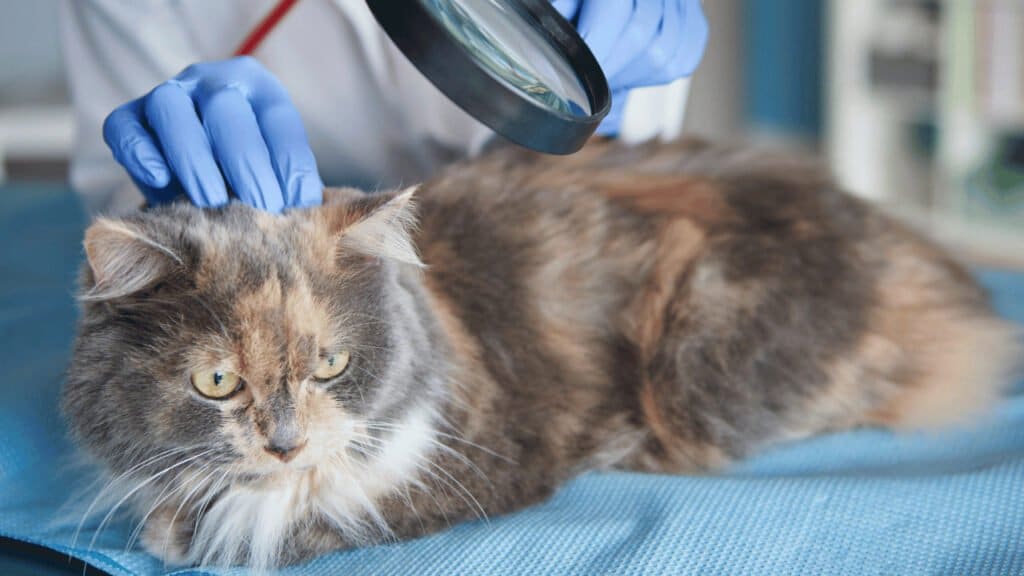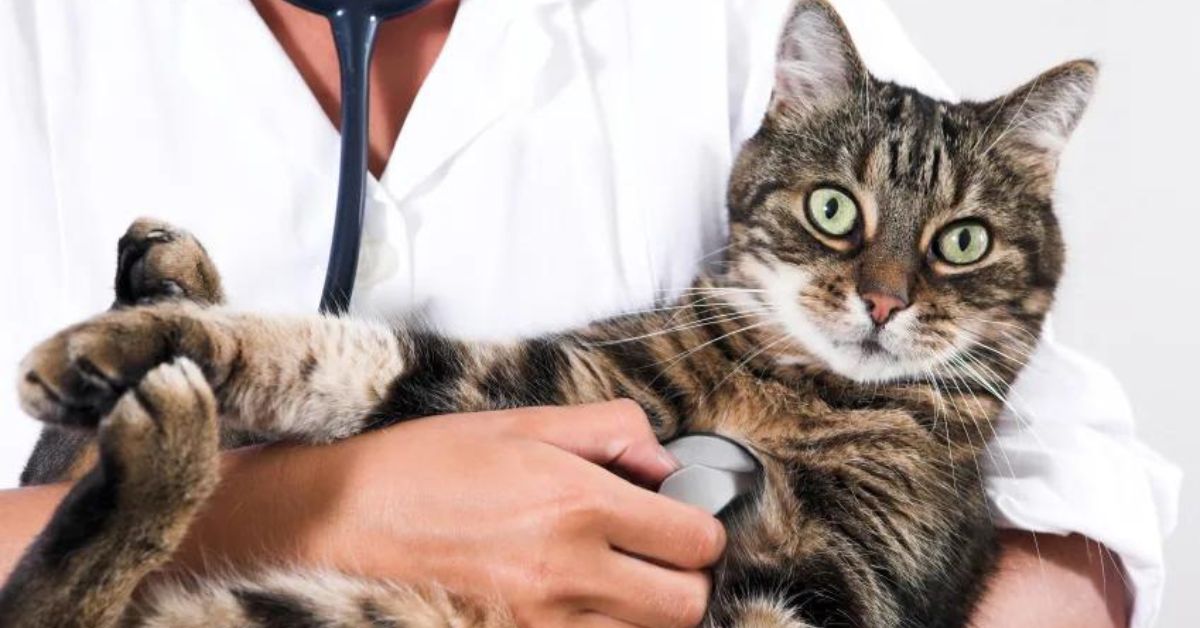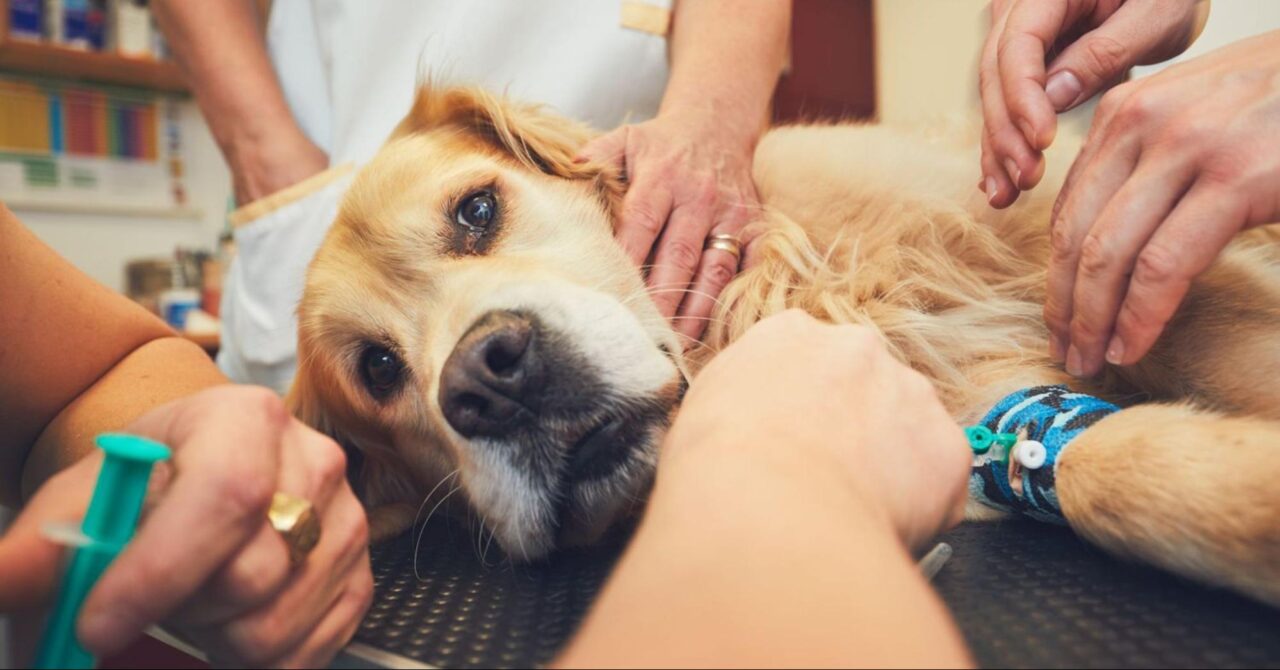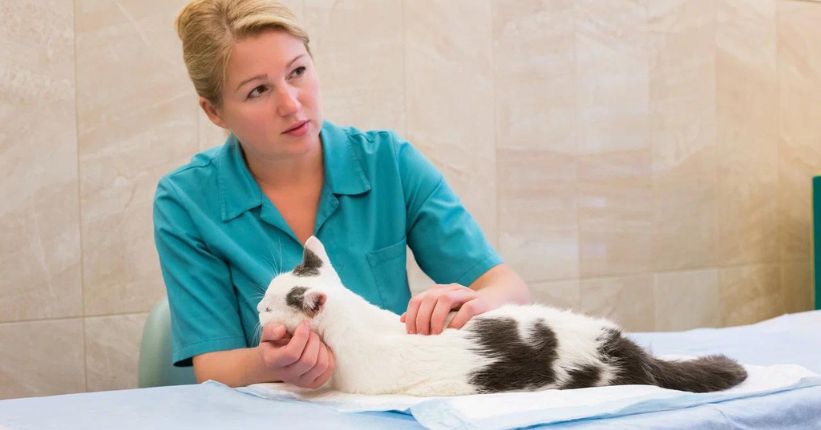
As a cat owner, you want to ensure your feline friend is always in the best health possible. One important aspect of monitoring your cat’s health is keeping an eye on their respiration rate. Cat Respiration Rate can give you early indications of potential health issues and help you maintain their overall well-being. In this article, we’ll explore everything you need to know about measuring your cat’s respiration rate, from understanding what it is to practical tips on how to measure it accurately.
Cat Respiration Rate
The Cat Respiration Rate is the number of breaths a cat takes per minute. This involves both inhalation and exhalation. For cats, a normal respiration rate ranges from 20 to 30 breaths per minute. It’s essential to know what’s normal for your cat so you can detect any deviations that might indicate a problem.
Why Monitor Your Cat’s Respiration Rate?
Monitoring your cat’s respiration rate is crucial for detecting early signs of respiratory problems or other underlying health issues. A normal resting respiratory rate for a cat is typically between 20 to 30 breaths per minute. By regularly observing and tracking your cat’s breathing patterns, you can identify abnormalities such as rapid or labored breathing, which may indicate conditions like asthma, heart disease, or infections.
Changes in respiration rate can also signal pain, stress, or discomfort in your cat. Monitoring becomes especially important in senior cats or those with pre-existing health conditions. Early detection through vigilant observation allows for prompt veterinary intervention, potentially preventing serious health complications and ensuring your cat receives timely treatment. By staying attuned to your cat’s respiratory health, you can provide proactive care and maintain their overall well-being for a long and healthy life together.
When to Measure Your Cat’s Respiration Rate
It’s important to measure your cat’s respiration rate in various situations to assess their overall health and detect any potential respiratory issues early on. Here are key times when measuring their respiration rate is beneficial: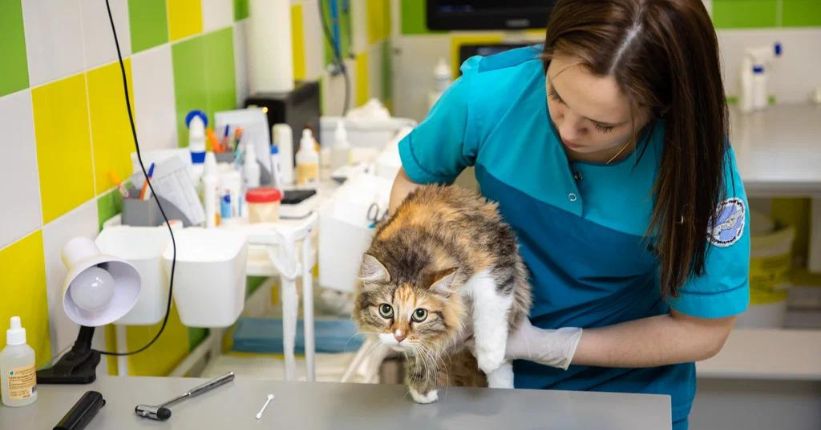
- During Resting State: Measure your cat’s breathing rate when they are calm and resting comfortably at home. This provides a baseline for normal respiratory patterns.
- After Physical Activity: Check their respiration rate after play sessions or exercise. It should gradually return to normal within a few minutes of stopping activity.
- Following Stressful Events: Cats may experience elevated respiration due to stress from vet visits, car rides, or new environments. Monitoring helps gauge their recovery.
- During Illness or Injury: If your cat shows signs of illness or injury such as coughing, wheezing, or difficulty breathing, measuring their respiration rate can provide valuable information to share with your vet.
- Regular Monitoring for Senior Cats: Older cats are prone to respiratory issues and should have their breathing rate monitored regularly, especially if they have pre-existing health conditions.
By measuring your cat’s respiration rate in these situations, you can identify potential health concerns early, seek veterinary advice promptly, and ensure your cat receives appropriate care to maintain their well-being.
Tools Needed to Measure Cat Respiration Rate
To measure your cat’s respiration rate, you’ll need:
- A timer or a watch with a second hand
- A notepad and pen to record the results
Optional tools for better accuracy include a smartphone app designed to track and record respiration rates.
Preparing to Measure Your Cat’s Respiration Rate
Creating a calm and stress-free environment is crucial. Ensure your cat is comfortable, ideally resting or asleep. Petting and gentle talking can help soothe them if they are anxious.
Step-by-Step Guide to Measuring Cat Respiration Rate
- Observe the Chest Movements: Watch your cat’s chest or abdomen for the rise and fall, which counts as one breath.
- Count the Breaths: Using your timer, count the number of breaths your cat takes in one minute. Alternatively, count for 15 seconds and multiply by four to get the breaths per minute.
- Record the Data: Write down the number of breaths per minute, along with the date and time of measurement.
Common Challenges and Solutions
If your cat won’t stay still, try measuring when they are sleeping. If you find it hard to count the breaths, consider using a smartphone app that can help you keep track accurately.
Interpreting the Results
A normal respiration rate is between 20 and 30 breaths per minute. If your cat’s respiration rate is consistently above or below this range, it could indicate a health issue, and you should consult your vet.
What to Do if the Respiration Rate is Abnormal
If you notice that your cat’s respiration rate is abnormal—either too fast, too slow, or irregular—it’s essential to take action promptly to ensure their health and well-being: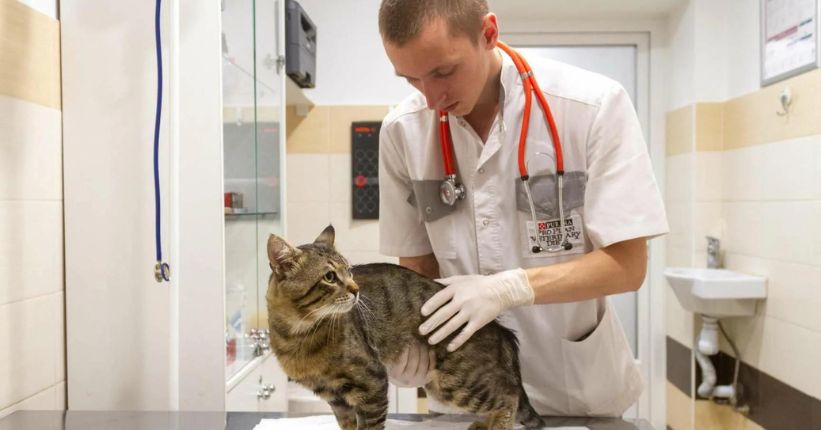
- Assess the Situation: Remain calm and observe your cat closely. Note any accompanying symptoms such as coughing, wheezing, or labored breathing.
- Check for Immediate Hazards: Ensure your cat is in a safe environment free from potential stressors or physical obstructions.
- Contact Your Veterinarian: If your cat shows signs of distress or if the abnormal breathing persists for more than a few minutes, contact your vet immediately. Provide details such as the observed respiratory rate and any other symptoms.
- Monitor Vital Signs: While waiting for veterinary advice or during transport to the clinic, continue monitoring your cat’s respiration rate and note any changes.
- Avoid Stress: Keep your cat calm and comfortable. Minimize handling unless necessary, and reduce environmental stimuli to prevent further stress.
- Follow Veterinary Guidance: Upon consulting with your vet, follow their instructions carefully. This may include bringing your cat in for an emergency visit, administering prescribed medications, or implementing supportive care at home.
- Prepare for Vet Visit: If advised, prepare necessary items such as a carrier and any medical records to bring with you to the vet clinic.
Prompt action is crucial when dealing with abnormal respiration in cats, as it can indicate various underlying health conditions that require professional evaluation and treatment. By staying vigilant and responsive, you can help ensure the best possible outcome for your cat’s respiratory health.
Monitoring Over Time
Keeping a log of your cat’s respiration rate can help you notice patterns and trends. Use a notepad or a digital log to track the dates, times, and respiration rates. This data can be invaluable during vet visits.
Respiration Rate in Different Cat Breeds
Some cat breeds may have slightly different respiration rates due to their size and physiology. For example, larger breeds like the Maine Coon might have slightly lower rates, while smaller breeds like the Siamese could have higher rates. Always consider the breed when interpreting respiration rate data.
Factors Affecting Respiration Rate
Several factors can influence your cat’s respiration rate, including:
- Age: Older cats may have different rates compared to younger ones.
- Weight: Overweight cats might have higher respiration rates.
- Health Status: Cats with existing health conditions may exhibit abnormal rates.
- Activity Level: Active cats might have a higher rate immediately after play.
How to Improve Your Cat’s Respiratory Health
Cats can experience respiratory issues, and it’s essential to address them promptly. Here are some steps you can take to help improve your cat’s respiratory health:
- Spotting Upper Respiratory Problems: Look out for nasal discharge. If your cat has yellow or green mucus around its nose, it could indicate an infection or allergy. Pay attention to sneezing. Frequent sneezing may signal allergies or an infection. Causes of nasal congestion include rhinitis (inflammation), viral infections (like feline herpesvirus), and inhaled foreign bodies.
- Create a Comfortable Environment: Provide a calm, quiet space for your cat to rest. Increase humidity to ease breathing. Dry air can worsen respiratory issues. Keep the litter box clean to prevent irritants.
- Monitor Water Intake: Ensure your cat has access to fresh water at all times.
To support your cat’s respiratory health:
- Diet and Exercise: Ensure a balanced diet and regular physical activity.
- Regular Vet Check-ups: Regular visits to the vet can catch issues early.
- Healthy Environment: Minimize allergens and ensure good ventilation in your home.
Conclusion
Monitoring your cat’s respiration rate is a simple yet powerful tool in maintaining their health. By understanding what is normal and knowing how to measure it accurately, you can detect potential issues early and take appropriate action. Regular monitoring, combined with a healthy lifestyle and regular vet visits, can ensure your feline friend stays healthy and happy.
FAQs
How often should I measure my cat’s respiration rate?
It’s a good idea to measure your cat’s respiration rate once a month as a part of their regular health check-up. If your cat has a health condition, your vet might recommend more frequent monitoring.
Can stress affect my cat’s respiration rate?
Yes, stress can temporarily increase your cat’s respiration rate. Ensure your cat is calm when you measure their rate for the most accurate reading.
What is considered an emergency situation?
If your cat’s respiration rate is above 60 breaths per minute or below 20, or if they exhibit signs of distress such as blue gums or labored breathing, seek veterinary care immediately.
How can I make my cat comfortable during measurement?
Choose a quiet time when your cat is relaxed or sleeping. Gentle petting and a calm voice can help soothe them if they become anxious.
Are there any apps or devices to help track my cat’s respiration rate?
Yes, there are several smartphone apps and even some wearable devices designed to help pet owners track their cat’s vital signs, including respiration rate. These can provide accurate readings and help you maintain detailed records.

